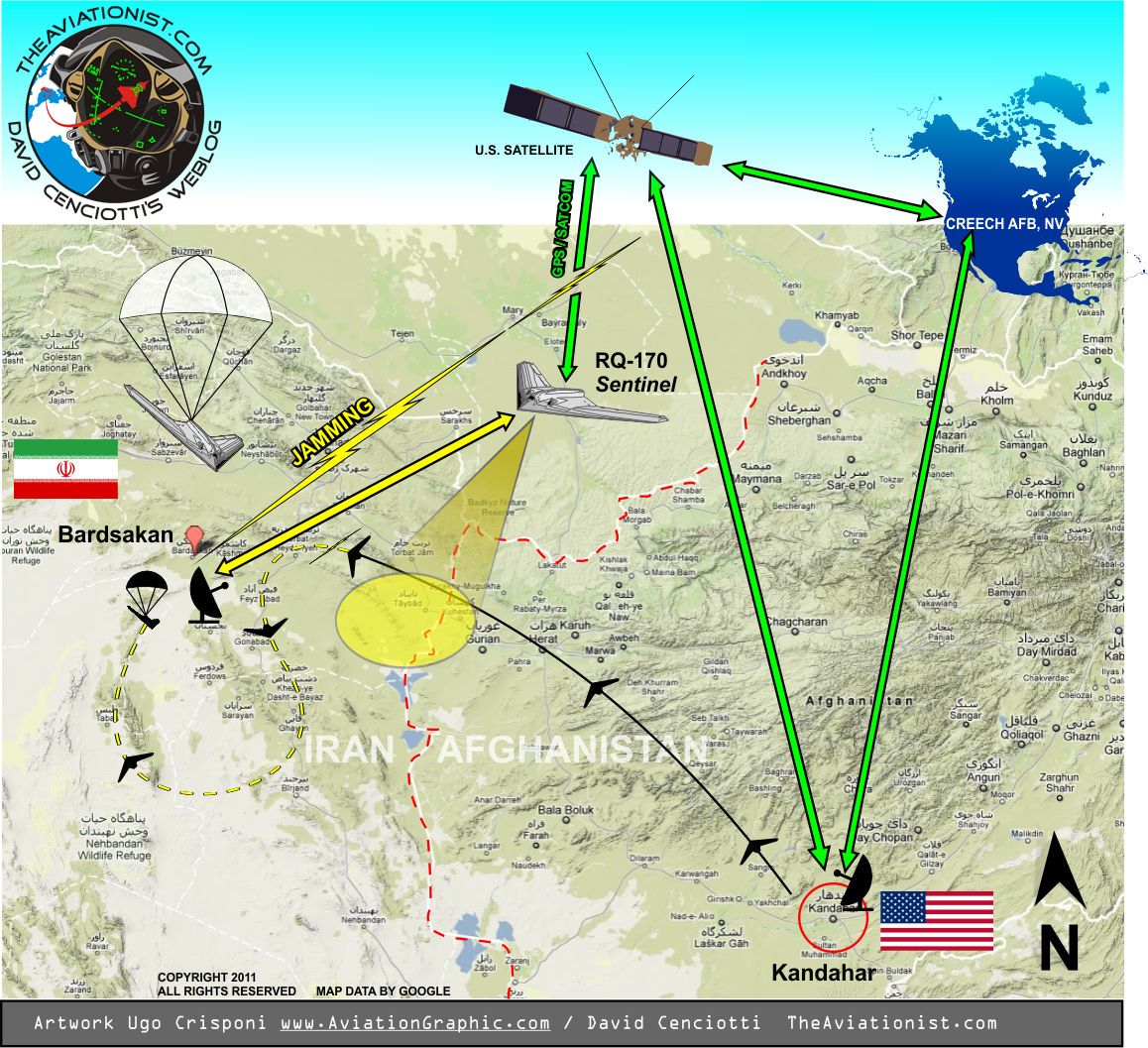In the last of a series of similar claims, a senior Iranian commander announced that Tehran has just extracted all the data stored in the RQ-170 Sentinel stealth drone which was captured last year.
“All the intelligence existing in this drone has been completely decoded and extracted and we know each and every step it has taken (during its missions),” Commander of the Islamic Revolution Guards Corps (IRGC) Aerospace Force Brigadier General Amir Ali Hajizadeh said, according to the FARS News Agency.
Noteworthy, he went on to say: “The US President (Barack Obama) had told the Israeli officials that the drone was tasked with spying on Iran’s nuclear program, but our experts found after decoding the drone that it had not performed even a single nuclear mission over Iran.”
Although it is possible that the batwing’s internal memories were not completely wiped out following the loss of satellite link with the ground control station in spite of the automatic erase that should start as a consequence of the loss of control procedure to prevent data from being recovered, it’s hard to believe something really interesting was still stored on the Sentinel when it was recovered.
Most probably, pre-planned waypoints, routes, other navigation stuff, along with some radio communication setting to establish satellite links with the remote control station: something quite “interesting” to understand the procedures used by the U.S. to spy on Iran, to guess the preferred routes, the operating altitudes, but nothing really crucial, especially if we consider that, unlike the X-47B, the RQ-170 is no longer the American cutting edge robot tech.
On the other side, as already explained, the circuitry, lenses, memories and sensors that survived the crash landing might have been evaluated, tested, copied and, possibly, improved with the help of Russia and China.
Related articles
















